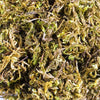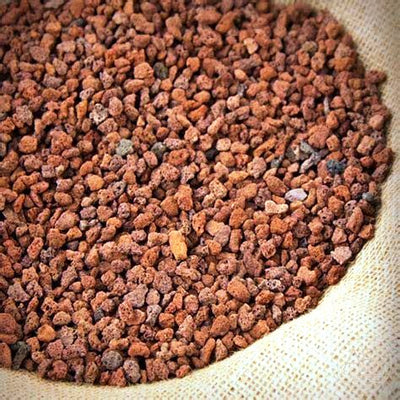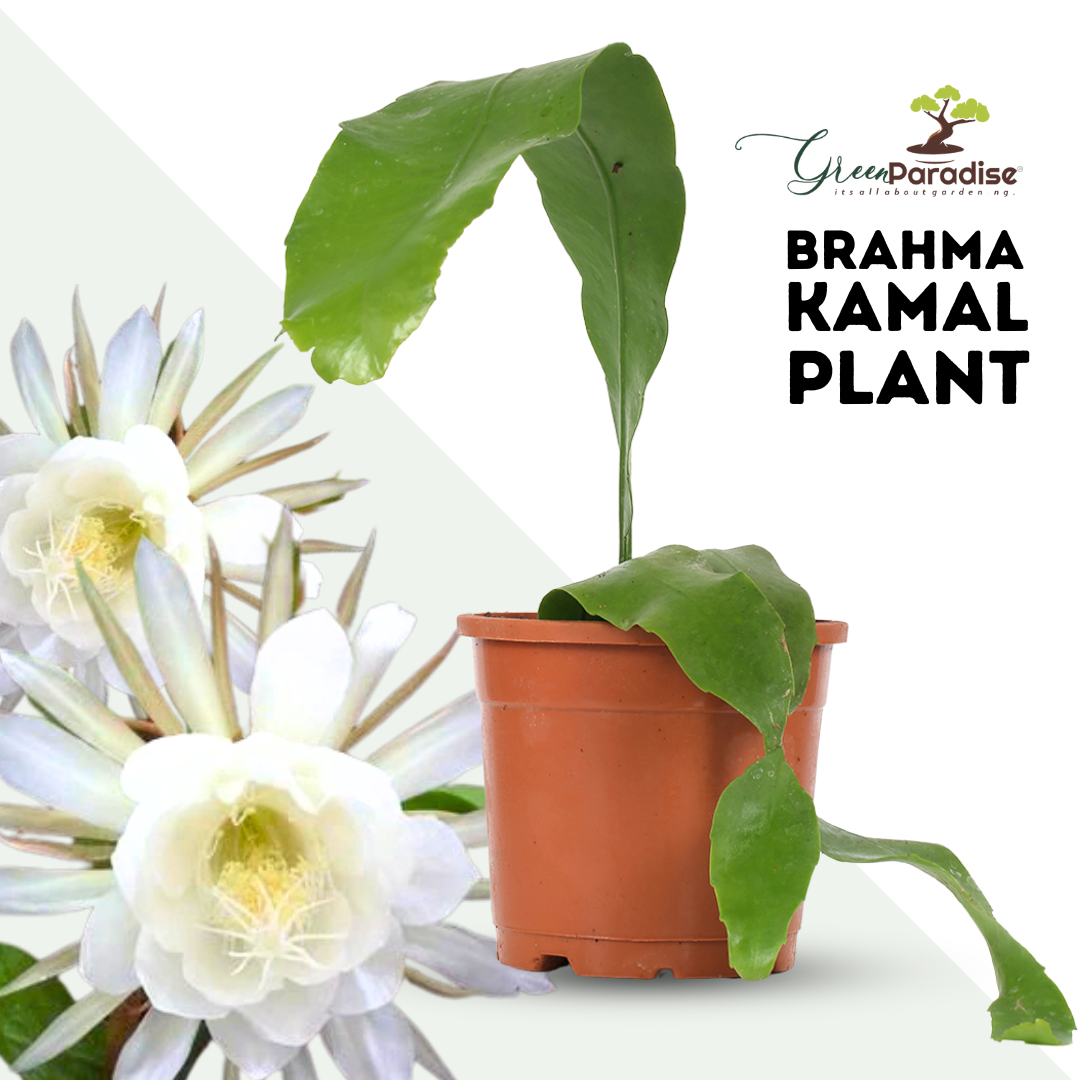
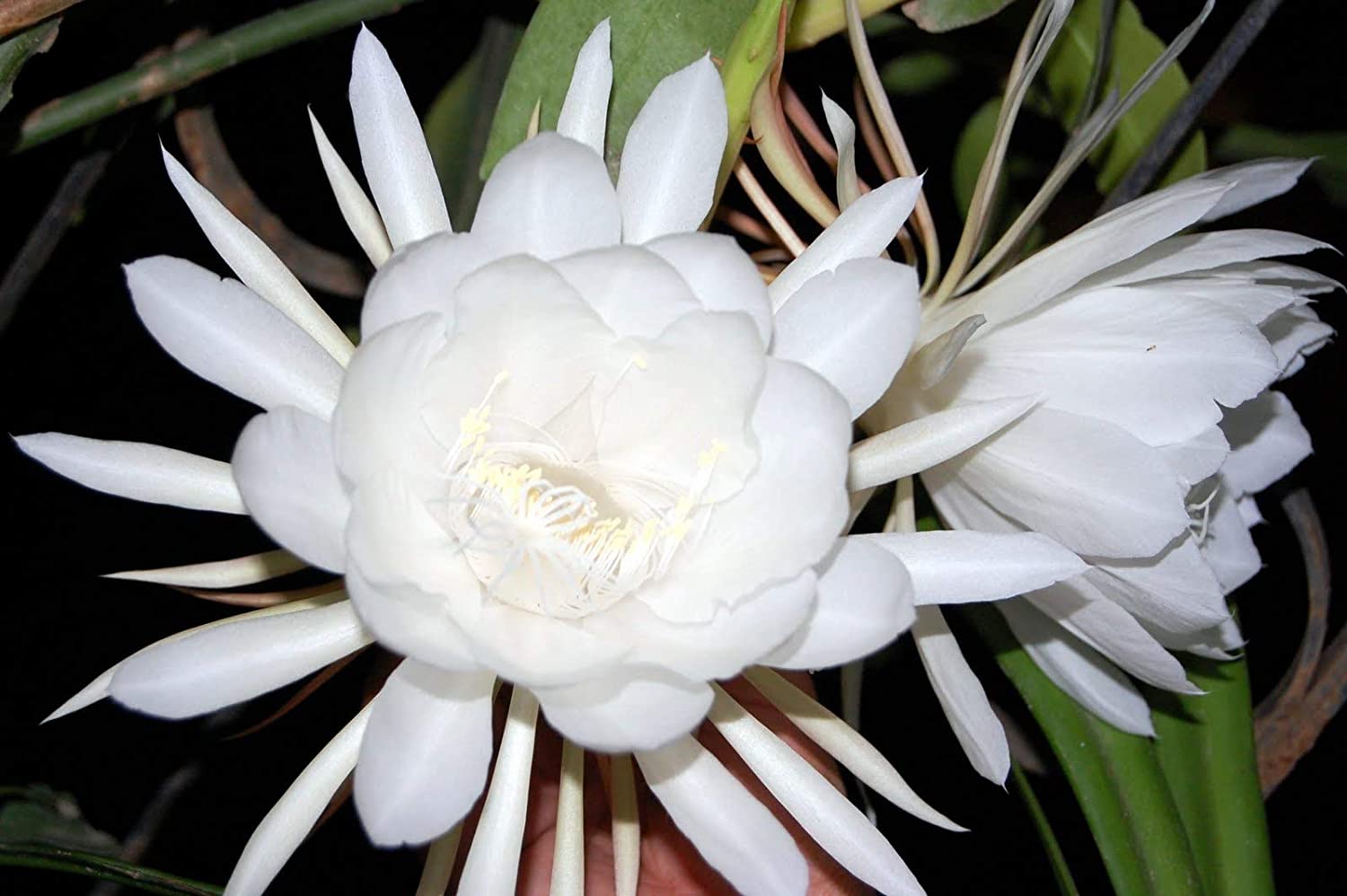
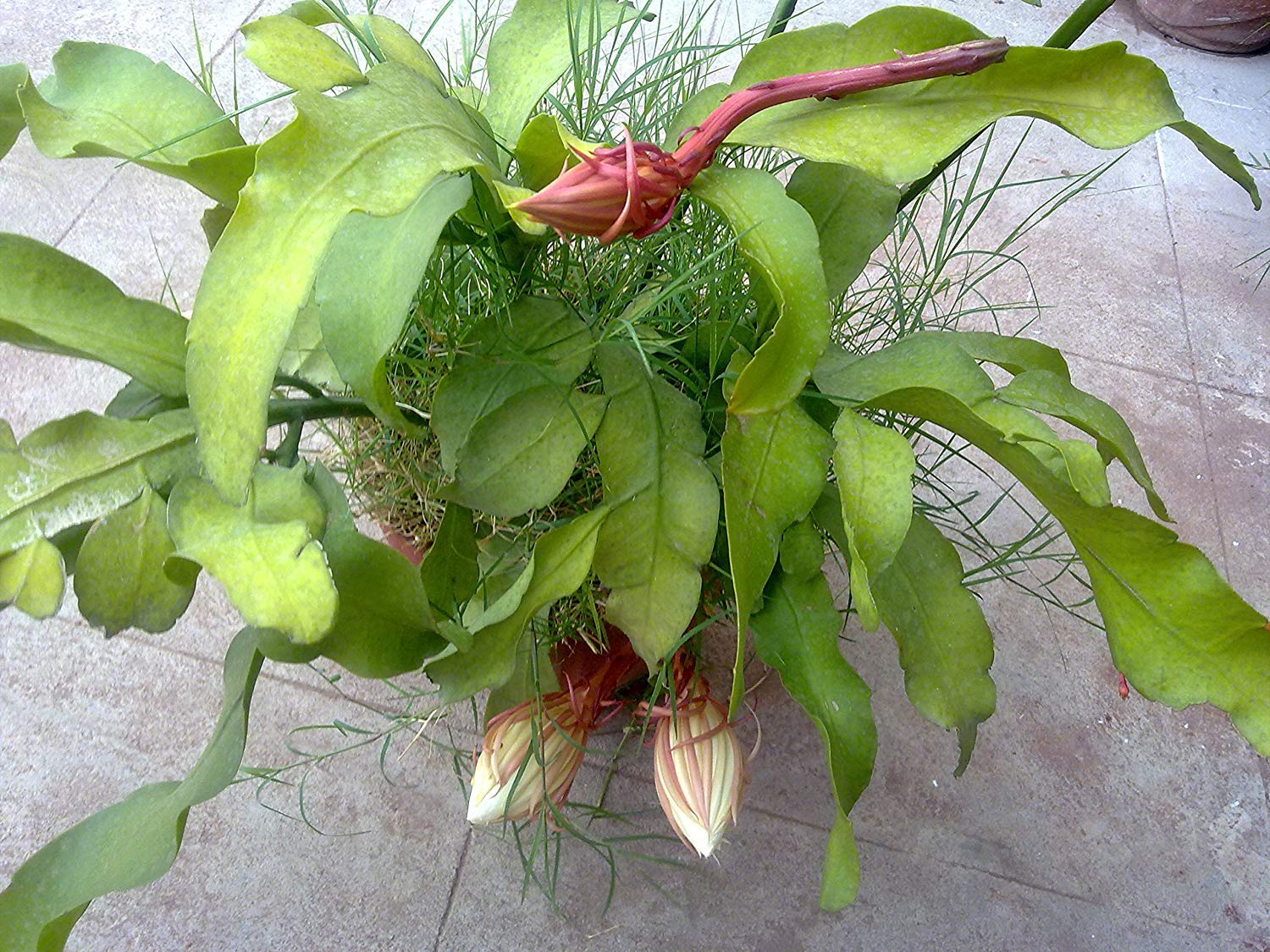
Green Paradise® Live and Rare Brahmakamal Plant (1 healthy plant )
Guaranteed Safe Checkout
Green Paradise Offers Beautiful Brahma
Kamal Plant
About Green Paradise Brahma Kamal Plant
Brahma Kamal, scientifically known as Saussurea balata, is a fascinating and rare flowering plant native to the Himalayan region. It is also known by various other names such as King of Himalayan Flowers, Ghost Plant, and the Himalayan Moonflower. The plant holds cultural and religious significance in the region and is considered sacred by many communities.
Here are some key features and facts about the Brahma Kamal plant:
Appearance:
-
The Brahma Kamal is a perennial herb that typically grows at high altitudes between 3,000 to 4,500 meters (9,800 to 14,800 feet) above sea level.
-
It has large, thick, and succulent leaves with a rosette-like arrangement at the base.
-
The stem is tall and bears a single, magnificent flower at its apex.
Unique Flower:
-
The most striking feature of the Brahma Kamal is its beautiful, large, and fragrant flower.
-
It is a multi-petaled flower that resembles a lotus, and it can measure up to 20 cm (8 inches) in diameter.
-
The petals are usually pure white or pale yellow with purple hues on the backside.
-
The flower emits a sweet fragrance, which becomes more potent at night to attract pollinators.
Night Blooming:
-
Brahma Kamal is a night-blooming plant, which means that its flower opens up only during the nighttime and closes before dawn.
-
This adaptation is thought to be an evolutionary strategy to attract night-flying insects like moths for pollination.
Mythology and Cultural Significance:
-
In Hindu mythology, the Brahma Kamal flower is associated with Lord Brahma, the creator of the universe, which is why it is named after him.
-
The flower is considered auspicious and is often used in religious ceremonies and offerings. It holds spiritual significance in local traditions and is believed to bring good luck and blessings.
Conservation Status:
-
Due to its high demand in the horticulture and ornamental trade and its slow growth rate, the Brahma Kamal plant faces threats of over-harvesting in the wild.
-
Consequently, it has been listed as an endangered species, and various conservation efforts are in place to protect and preserve this beautiful flower.
Medicinal Uses:
-
In traditional medicine, certain parts of the Brahma Kamal plant, such as the roots and leaves, have been used for their medicinal properties.
-
The plant is believed to have various therapeutic effects, including treating digestive disorders and as a general tonic.
Environmental Adaptations:
-
Since it grows in harsh and extreme conditions, the Brahma Kamal plant has evolved several adaptations to survive at high altitudes, including resistance to cold temperatures and low oxygen levels.
Overall, the Green Paradise Brahma Kamal is a remarkable and culturally significant plant that holds a special place in the hearts of people living in the Himalayan region. Its stunning flower and unique characteristics make it a subject of fascination for botanists, nature enthusiasts, and tourists alike. However, it's essential to protect this species and its natural habitat to ensure its survival for future generations.
How To Grow Brahma Kamal
Brahma Kamal (Saussurea obvallata) is a beautiful and rare flowering plant native to the Himalayan region. It is known for its large, white, and fragrant flowers that bloom at night. If you want to grow Brahma Kamal, it's essential to create the right conditions for its growth.
Here is a collection of guidelines to assist you:
Climate and Location:
- Brahma Kamal requires a cold and temperate climate to grow successfully.
- If you live in a region with a mild climate and experience winter temperatures, you can try growing it outdoors.
- Otherwise, you can consider growing it in a greenhouse where you can control the temperature and humidity.
Soil:
- The plant prefers well-draining and slightly acidic to neutral soil.
- A mix of peat, sand, and garden soil is ideal for Brahma Kamal.
- Make sure the soil has a sufficient amount of organic materials.
Planting:
- You can start growing Brahma Kamal from seeds or cuttings.
- However, seeds are more commonly used.
- Plant the seeds or cuttings in the prepared soil and lightly cover them with a thin layer of soil.
- Water gently after planting.
Watering:
- Brahma Kamal does not like to sit in waterlogged soil, so be careful not to overwater it.
- Keep the ground evenly moist but not drenched.
- During the growing season, water the plant when the top inch of soil becomes dry.
- Reduce watering during winter when the plant goes into dormancy.
Light:
- Brahma Kamal prefers partial shade to full shade, especially during the hottest part of the day.
- It should be protected from direct sunlight, as excessive exposure can damage delicate flowers.
Temperature:
- The plant thrives in cooler temperatures.
- Maintain a temperature range of 15 to 25 degrees Celsius (59 to 77 degrees Fahrenheit) during the growing season.
- Please keep it away from extreme heat and cold.
Fertilizer:
- Use a balanced, water-soluble fertilizer during the growing season (spring and summer) to encourage healthy growth.
- Follow the instructions on the fertilizer packaging for the right dosage and frequency.
Pruning:
- Regular pruning is not required for Brahma Kamal, but you can remove any dead or damaged foliage to promote better growth.
Pest and Disease Control:
- Beware of common pests like aphids and spider mites.
- If you notice any infestations, treat the plant with appropriate organic insecticides.
- Maintain adequate airflow around the plant to ward off fungus.
Winter Care:
- If you're growing Brahma Kamal outdoors and experience harsh winters, provide protection from frost.
- Mulch around the plant to insulate the roots during winter.
Remember that Green Paradise Brahma Kamal is a slow-growing plant and can take a few years to mature and bloom. Be patient and consistent in caring for it, and you may be rewarded with its enchanting flowers when they finally appear.

